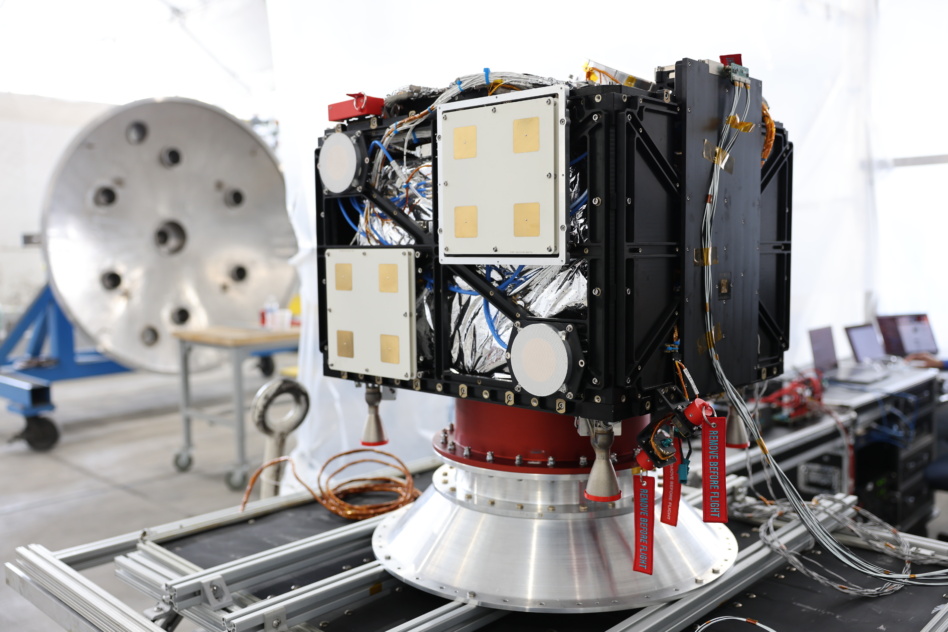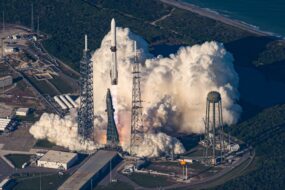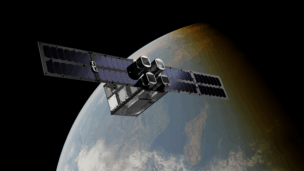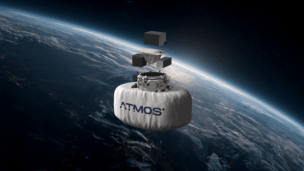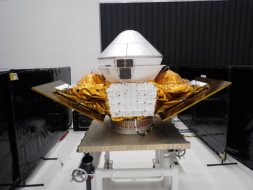AstroForge announced which asteroid it’s targeting on its maiden fly-by mission—and the ride it’ll take for future prospecting flights to deep space.
Give up the rock: The mining startup is headed to asteroid 2022 OB5 as soon as Feb. 26, launching alongside Intuitive Machines’ second lunar mission. CEO Matt Gialich told Payload that they picked that asteroid for the initial mission for a few reasons:
- It’s under a kilometer wide.
- It could be a high-value, metal-filled M-type asteroid.
- AstroForge’s spacecraft will fly by the asteroid when it’s close to Earth, so imagery can be sent back quickly.
This is the first time the company is publicly naming its target asteroid, something Gialich has previously declined to do. He said data suggests that 2022 OB5 will be “lucrative, but not our most lucrative asteroid,” and that the startup will likely not ever name their highest value targets.
The mission: This isn’t AstroForge’s first trip to space. Comms issues prevented its first cubesat mission in 2023 from being able to demo its refinery tech in orbit.
Then after a previous version of its spacecraft failed vibration testing last year, the AstroForge crew spent 10 months building a new vehicle. After launch, the Odin spacecraft will attempt to slingshot around the Moon, collect high-res images of the asteroid, and beam them back to Earth.
The bill for the mission—the first commercial space flight to go to deep space—will come in at just $6.5M, making this “an economic inflection point more than a scientific one,” Gialich said.
“Hopefully we’re going to show the world that NASA doesn’t need to be funded for $5B missions when we can do it for much less,” he said.Stoked: AstroForge, which closed a $40M Series A this summer, has also inked a multi-launch deal with Stoke Space for future mining missions, Gialich said he picked Stoke because their rockets, which offer direct insertion to save on fuel, can carry a lot of cargo to deep space, without being so large (ahem, Falcon-family and Starship) that they end up with wasted capacity.
